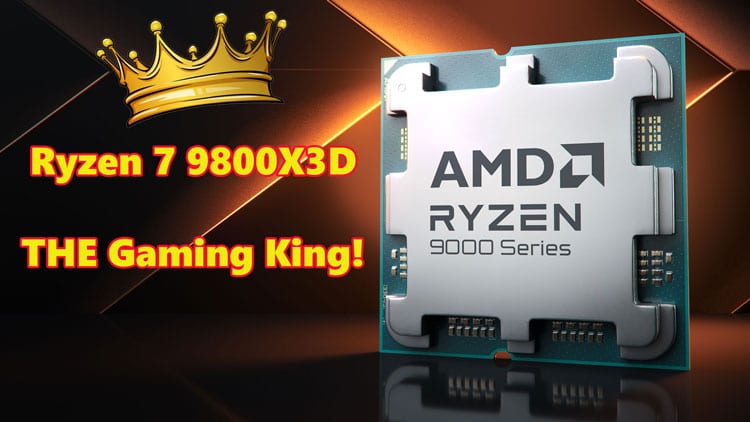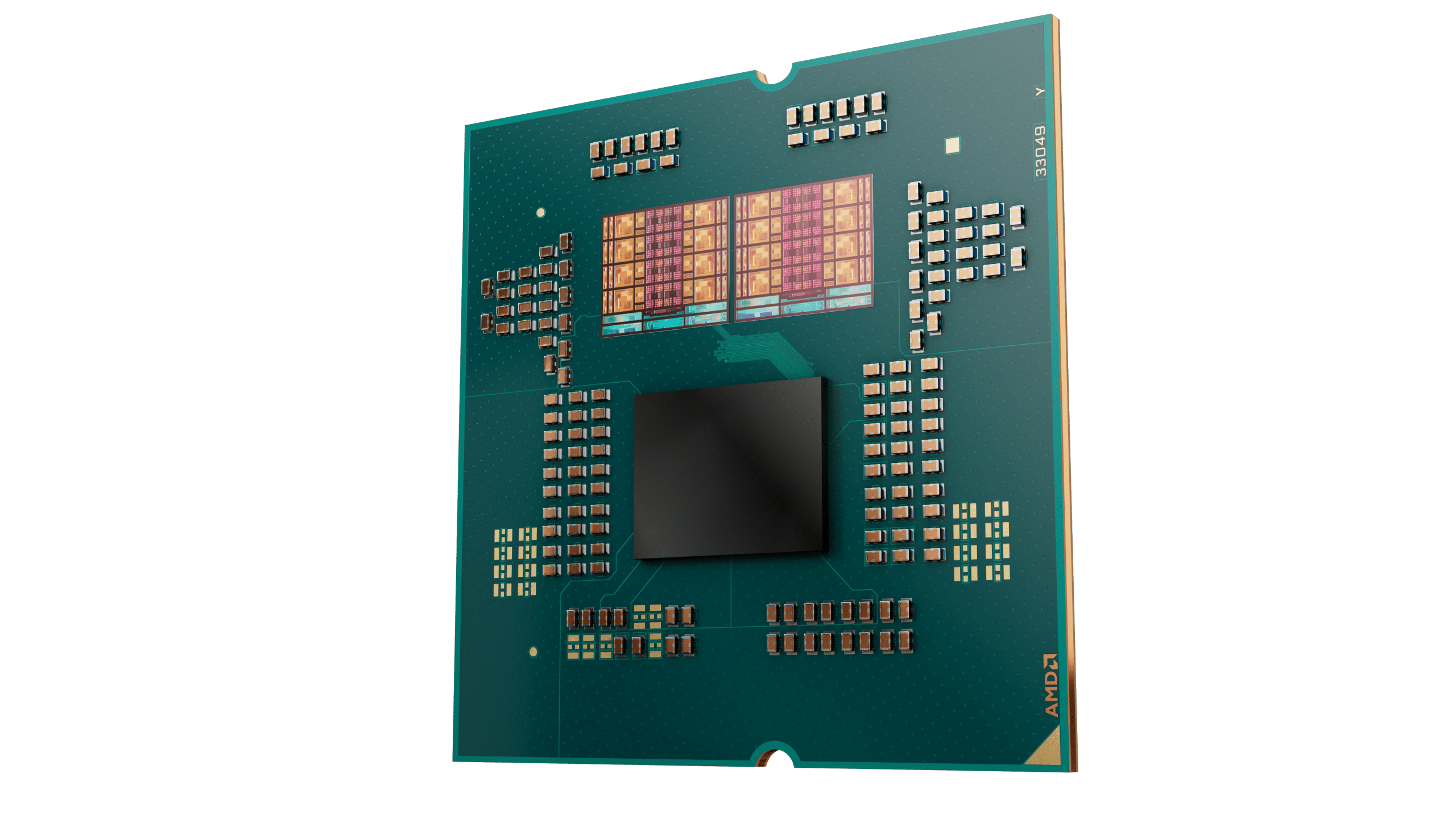Epilogue
I was on an extended business trip to China and Korea at the time of the review. Thankfully, my lab colleagues, including my son, handled all test sessions and delivered the necessary data to analyze and use for the review’s purposes. So, a huge thank you goes to these guys!
The Ryzen 7 9800X3D is a massive improvement over its predecessor, the 7800X3D. Not so much in gaming, where the difference is around 5% (AMD speaks of 7%), but mainly in all CPU tasks, where the 9800X3D has an impressive lead that reaches 14% over the 7800X3D.
| Ryzen 7 7800X3D | Ryzen 7 9800X3D | Performance Difference | |
| Gaming Performance | 95.06 | 100 | 4.94% |
| All CPU Tests | 86.09 | 100 | 13.91% |
| All CPU Tests but Gaming | 84.21 | 100 | 15.79% |
As you can see in this table, the performance differences from the 7800X3D are huge in all CPU tests and even larger if you take gaming aside. Indeed, the 7800X3D might be a top gaming processor, but its performance wasn’t that great in anything else but gaming, so if you wanted to perform some rendering tasks, you should have patience. This is an area where the 9800X3D is vastly improved and can be used as a general tasks processor besides gaming.
Another note is that the processor’s power plays a significant role in low resolutions, HD, and full HD. At higher resolutions, QHD and 4K, the GPU is typically the bottleneck and not the CPU, so if you plan on gaming at these resolutions, you should keep in mind that it is better to get the least expensive (at the time of the review, at least) Ryzen 9 9900x, which will offer you higher performance in general CPU tasks including rendering, thanks to its 12x cores. The 9800X3D is mostly for competitive gaming at low resolutions, where high FPS are necessary.
Besides increasing overall and gaming performance, AMD also managed to keep the power consumption in control, with the 9800X3D only consuming 8-12 Watts more than the 7800X3D under the same usage scenarios, gaming, and single/multi-thread applications. Because of its notably higher performance, energy usage has dropped, so the 9800X3D is among the most efficient processors I have evaluated. Moreover, the direct contact of the CCD with the heatspreader, since the V-cache is installed below it, helps keep the operating temperatures in control despite the higher power consumption of the 9800X3D compared to the 7800X3D. Only the peak power consumption is way higher, but this could be because I used a different (newer) mainboard for the 9800X3D, and a mainboard’s DC-DC converters affect the power spikes at transient loads.
Overall, the AMD Ryzen 7 9800X3D is a fantastic processor, but it is expensive at $479, the official MSRP. At the time of the review, the Ryzen 9 9000x was at $383, making it a way better deal if you don’t plan on gaming at HD resolutions using a super-strong graphics card like the RTX 4090. AMD should re-think its pricing schemes. I know that Intel is currently having a tough time, and AMD is trying to cash that, but this is not good for all of us consumers.
- Highly efficient CPU
- Top gaming performance
- High enough overall performance (all CPU tasks)
- Direct overclocking is enabled (unlocked multiplier)
- Relatively low power consumption in most usage scenarios (given its performance)
- Low operating temperatures
- High single-thread performance
- PCIe Gen5 support for both storage and graphics
- Support for higher RAM speeds
- Integrated GPU
- A high-end air-cooling solution can handle its thermal needs
- DDR5 support up to 8000 MHz (in AMD 870-series mainboards)
- TSMC 4nm process
- AVX512 and AI instructions support
- AMD ECO mode for lower power consumption
- Increased price
- In some cases, the power consumption is notably increased (but so is performance)
- No NPU (Neural Processing Unit) for accelerating neural network processes (AI acceleration)



